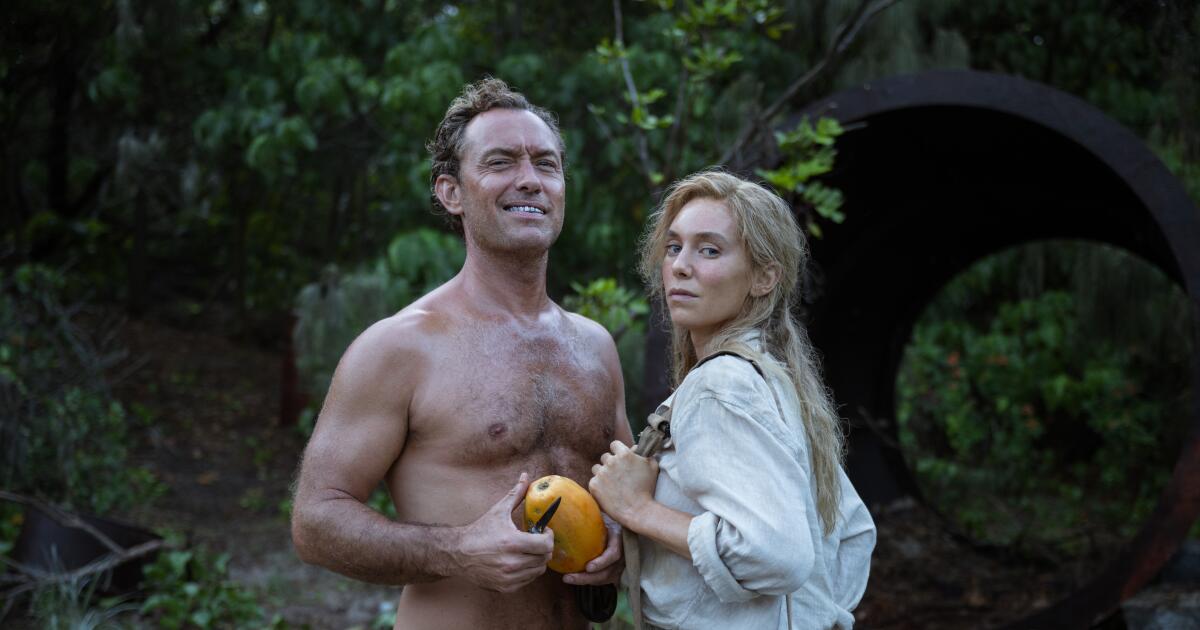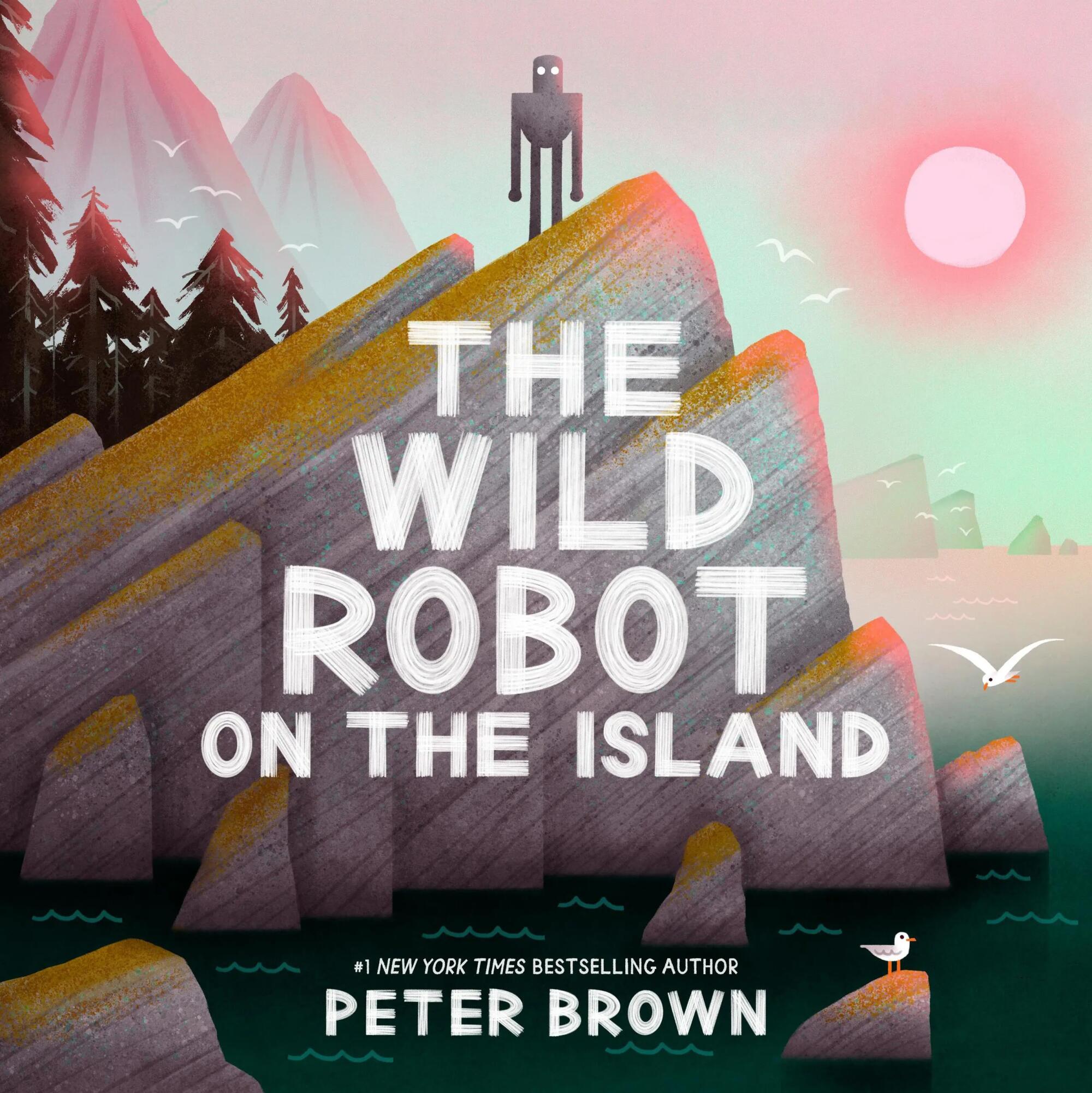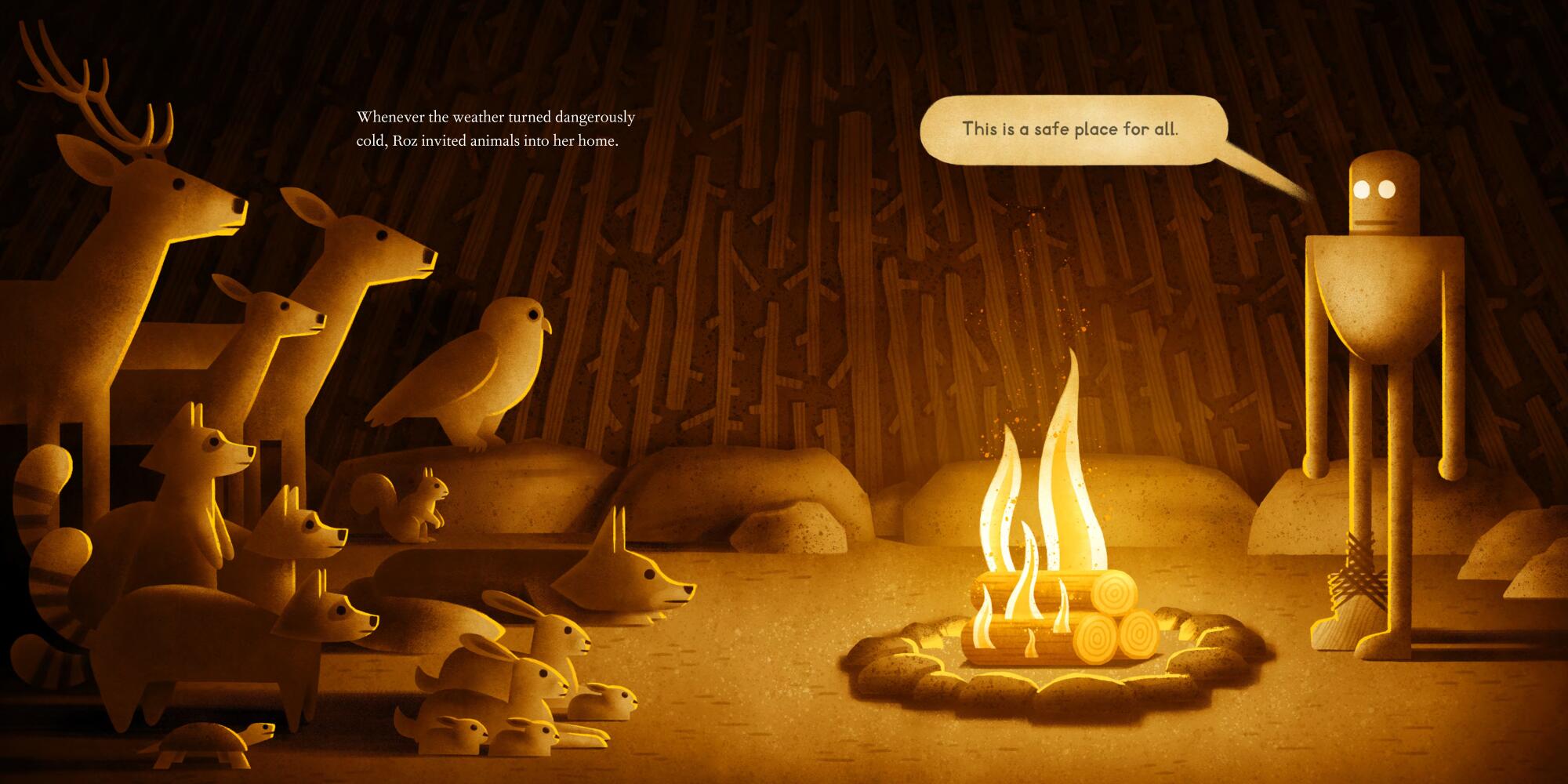‘Eden’ review: Jude Law and Sydney Sweeney get uncivilized on remote island
Ron Howard’s new film “Eden” is a true story about disenchanted Europeans, who, in the 1930s, escaped from their society and decamped on a lonely rock in the Galapagos, only to see their handmade utopia devolve into petty power struggles and murder. It’s also lurid proof that Charles Darwin missed out on the truly juicy survival-of-the-fittest action by about a hundred years.
This is certainly unusual material for a mainstream stalwart like Howard, who knows his way around heroic problem-solving narratives (“Apollo 13,” the Thai cave rescue movie “Thirteen Lives”). But in screenwriter Noah Pink’s melodramatic imagining of incidents both well-documented and mysterious, one can see this Hollywood veteran on a mission to loosen the shackles of his reputation and have some nasty, brutish fun. To wit: A perma-sneering Jude Law greets intruders naked; a wild-eyed Ana de Armas insults and tries to seduce everyone; Vanessa Kirby lets foreplay include the pulling of her diseased tooth; Sydney Sweeney gives birth alone while growling at a pack of wild dogs.
The result may not be terribly illuminating about the (sub)human condition, despite the shout-outs to Nietzsche and Schopenhauer. “Eden” is probably closer to an expensive reality show about mismatched survivalists. But as August fare goes, it’s a sticky, sweaty hoot, well cast and paced like a disreputable beach read, even if you might sporadically wish Werner Herzog had gotten first crack at this material. (It was also covered in a 2013 documentary.)
The first transplants to the uninhabited island of Floreana were German botanist Dr. Friedrich Ritter (Law) and his devoted, ailing partner, Dore (Kirby). Scolds who glorified suffering against the world’s wrong turns, the pair sought a radical reboot of society in rugged isolation, save the inconvenient fact that Ritter’s grandstanding philosophical missives back home were published in newspapers, turning them into eccentric folk heroes. Soon, their precious suffering took the form of new neighbors: idealistic war veteran Heinz Wittmer (Daniel Brühl) and his wide-eyed young wife Margret (Sweeney), who are looking for a new, self-sufficient way of life for their budding family.
It’s difficult to imagine a worse addition to this oil-and-water mix of high-minded nonconformist cranks and hard-toiling middle-class settlers than a capitalist sybarite. Enter the grandiose Baroness Eloise (De Armas), carried like Cleopatra onto the beach by her male lovers (Toby Wallace and Felix Klammerer), and ready to claim Floreana as the future site of an exclusive luxury resort called Hacienda Paradiso. Her first order of business, however, is pitting the scowling Ritter and bland, industrious Wittmers, who had managed a bearable distance so far, against each other.
The island, given an appropriately sickly, uninviting sheen by cinematographer Mathias Herndl, clearly wasn’t big enough for all of these new-world experimenters. But the movie’s two hours offer plenty of room for their portrayers. Howard’s generosity with his actors keeps this ensemble a charged group of clashing molecules. You wouldn’t mistake anybody’s turn for a full-throated or, conversely, subtle characterization — there’s a messiness to the cutting that prioritizes motion over stillness — but the broad strokes of personality are fun.
At its most raw (or is it overcooked?), when de Armas’ loaded-gun vibe veers toward camp or Law peacocks his pomposity with a hint of desperation, the situation may remind you of some insane pre-Code potboiler like 1932 “The Most Dangerous Game,” when a tale of people at their worst seemed all the more fascinating for unfurling in an exotic locale. Just because this corrupting pity party doesn’t crescendo so much as peter out isn’t any more of a reason to dismiss “Eden.” A little time spent with the farcical maneuverings of isolated megalomaniacs means you can skip reading the news that day.
‘Eden’
Rated: R, for some strong violence, sexual content, graphic nudity and language
Running time: 2 hours, 9 minutes
Playing: In wide release Friday, Aug. 22




